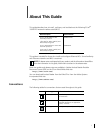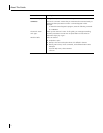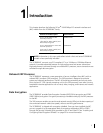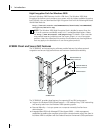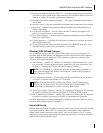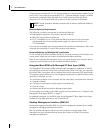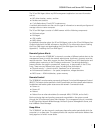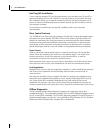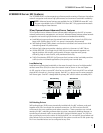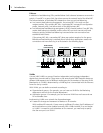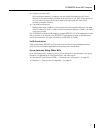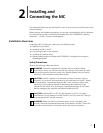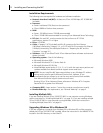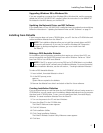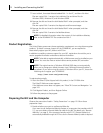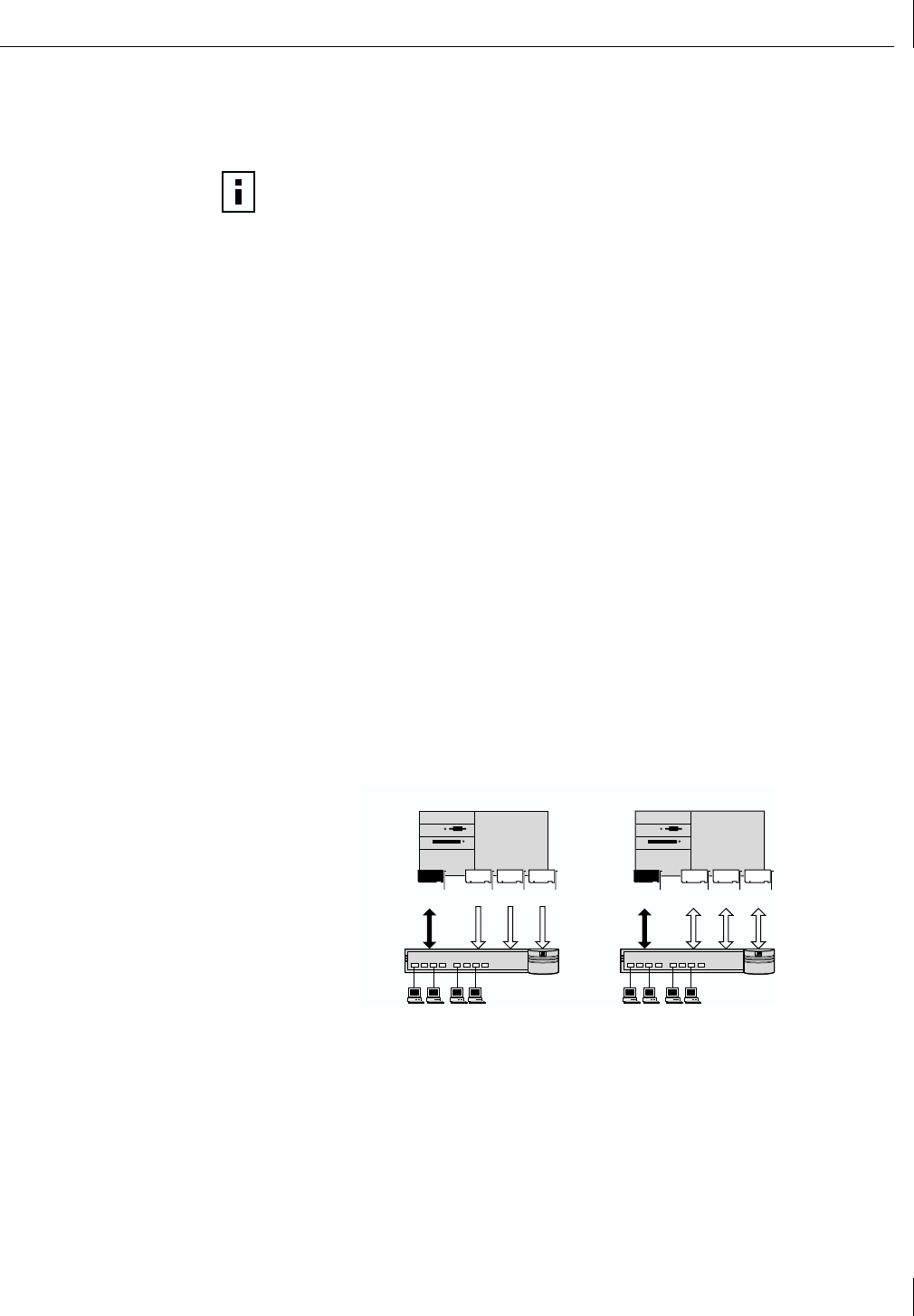
3C990BSVR Server NIC Features
9
3C990BSVR Server NIC Features
The 3C990BSVR NIC and accompanying software provide a variety of features that relieve
network congestion and ensure high performance and maximum bandwidth availability.
3Com DynamicAccess Advanced Server Features
3Com DynamicAccess Advanced Server software adds intelligence to the NIC to improve
network performance, management, and control. Advanced server features relieve network
congestion and ensure high performance and maximum bandwidth availability.
■ Load Balancing groups share the network load over resilient server links (RSLs) that
keep traffic flowing even if a NIC in a group is temporarily disconnected.
■ Self-Healing Drivers (SHDs) detect common error conditions and correct them while
maintaining server link performance.
■ Failover fault tolerance provides a backup solution in the event of a NIC failure.
■ VLANs (IEEE 802.1Q multiple virtual LANs) let you divide network segments into
logical partitions that simplify configuration changes, organize work groups
efficiently, help to control traffic, and provide extra security.
■ Traffic Prioritization (IEEE 802.1p/Q) ensures that business-critical and delay-sensitive
traffic (such as multimedia applications) has priority over normal data.
Load Balancing
Load balancing maximizes bandwidth at the server through the use of multiple parallel
resilient server links (RSLs) that share the network load as shown in the next figure.
An RSL consists of two or more NICs that form a virtual NIC. Each virtual NIC has multiple
physical NICs bound to it, forming a group. Each NIC in a group uses the same protocols
and frame types. One NIC is designated the primary NIC and the others secondary NICs.
Self-Healing Drivers
Self-healing drivers (SHDs) are automatically installed with the NIC software, and work
together with RSLs to maintain the network connection. An SHD monitors the NIC
continuously for error conditions and makes corrections. These corrections can include
resetting the NIC, rebuilding software data structures, temporarily disabling features, or
transferring all network traffic to secondary NICs (termed a failover event). An SHD can
also continuously monitor the status of the physical NICs in a virtual NIC group before and
after failover. Errors and actions are reported to the system console and to the system log
file. Error threshold values can be configured at any time.
NOTE: Advanced server features are available for the 3C990BSVR server NIC only.
They are not available for the 3C990B-TX-M client NIC. Only system administrators
should configure these features.
® ®
Clients
Bidirectional
Server
Primary
Secondaries
Transmit-only
Primary
Secondaries
Switch



